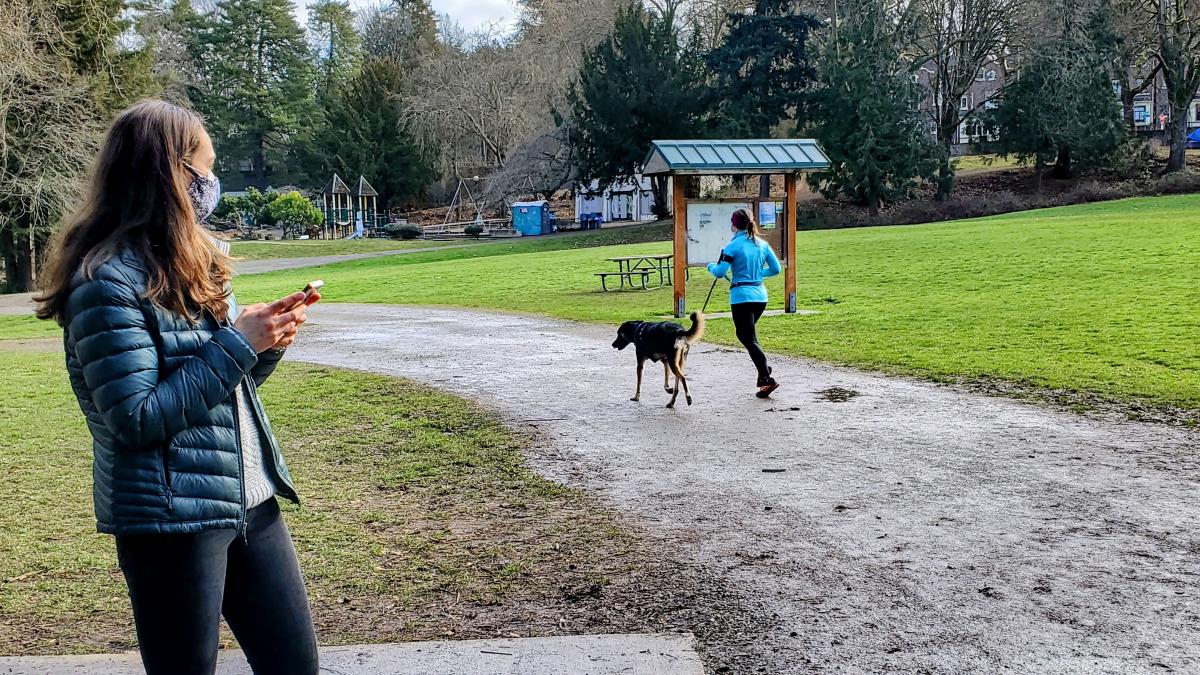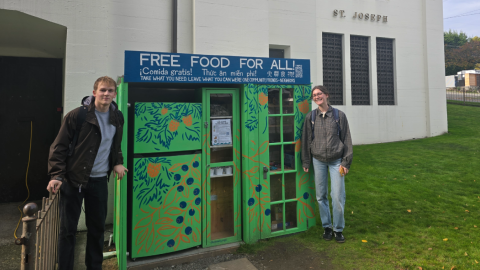“Help keep Washington safe and healthy: Mask up,” read signs along Washington freeways, reminding drivers of the state’s mask mandate to help prevent the spread of COVID-19.
Most King County residents are heeding that call, according to a new study from researchers at the University of Washington, Public Health — Seattle & King County and the Washington State Department of Health.
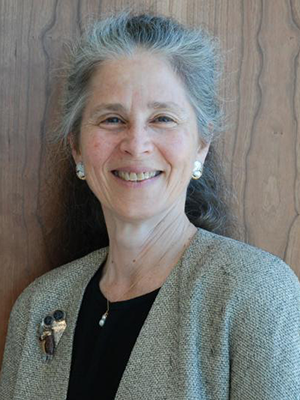
On average, 89% of King County residents wore face coverings over the mouth and nose in public during the past four months as required by the state’s mask mandate. That’s based on researcher observations of thousands of people in public spaces around the county.
The findings are good news and “probably one of the reasons that we have been able to limit the spread of COVID-19 better here than in many other parts of the country,” said study member Dr. Judith Wasserheit, chair of the UW Department of Global Health and co-director of the UW Alliance for Pandemic Preparedness.
“As we roll out vaccines, it will be critical to keep masking up, at least until the vast majority of people here and around the world are vaccinated,” she said.
Understanding mask usage
The team, including researchers in the UW Departments of Environmental & Occupational Health Sciences (DEOHS), Global Health and Epidemiology, aims to identify parts of King County and types of venues where mask-wearing is less common so that public health messaging can be better tailored to encourage mask use.
“There are lots of reasons why people might not feel comfortable or might not want to wear a mask,” said Marissa Baker, study member and assistant professor in DEOHS. “The goal is to determine where pockets of lower compliance are, and then to use that information to develop appropriate risk communication for those locations.”
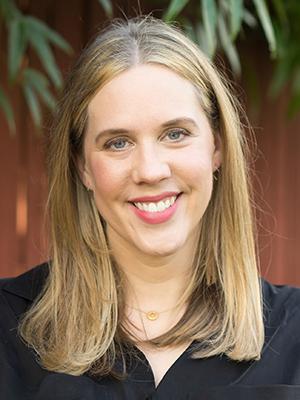
To get an accurate picture of mask-wearing trends, nine student-researchers from the UW School of Public Health volunteered to survey 40 different venues in seven regions of the county.
On a monthly basis from November to February, they observed people outside grocery, convenience and hardware stores and transit centers; in parks; and inside malls and Seattle-Tacoma International Airport.
At each venue, they observed for a half-hour and noted attributes of passersby, including whether they wore a mask over the nose and mouth and their estimated age and gender.
Mask trends around the county
Mask-wearing ranged from 85% to 95% across the county. Differences in masking behaviors were also seen across venue types.
People wore masks most often entering hardware and grocery stores (94–97%) and least often entering convenience stores and transit centers (76–84%). At the airport, 85% of people observed wore face coverings, but some had their masks off to eat while walking.
In terms of demographics, mask usage was lowest among children ages 2 to 11 (70%) and higher in other age groups (85–90%). People the researchers identified as women were somewhat more likely to be wearing masks (91%) compared to those identified as men (86%).
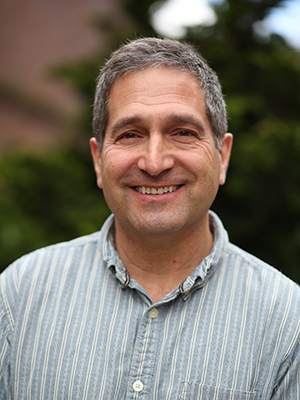
“The data show that differences in how well people are masking aren’t easily explained by geography alone,” said Cathy Wasserman, state epidemiologist for non-infectious conditions at the Washington State Department of Health. “Instead, the results suggest that masking behaviors may be influenced by intersecting factors such as location and activity, as well as individual characteristics like age and sex.”
Making mask guidance accessible
The importance of consistent face mask usage has been an integral part of COVID-19 prevention messaging by Public Health — Seattle & King County.
“COVID-19 spreads through the air, and the risk is highest in crowded and indoor spaces with poor ventilation. Wearing a well-made and snug-fitting mask is one of our best tools against COVID-19,” said Dr. Jeff Duchin, health officer for Public Health — Seattle & King County. “COVID-19 remains a serious threat, and wearing masks while indoors and in public spaces when around others protects both ourselves and each other.”
County health officials have translated mask guidance into over 32 languages, partnered with business and child care groups to share masking information, and worked with “community navigators” representing different racial and ethnic groups to increase masking education in their communities.
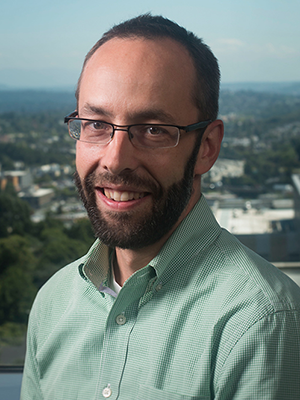
Keeping up the good work
The next step for the researchers is to develop training materials on mask observation. They plan to share them with other counties to help expand the effort across the state.
In the meantime, the team advises keeping up the good work of masking up—particularly given the rise of COVID-19 variants of concern that can spread more easily.
“I’d like to see well over 90% mask usage throughout the county and in indoor venues, along with the other efforts we need to get this disease under control," Duchin said.
And if you’re lucky enough to be vaccinated, don’t stop wearing your mask. Vaccine coverage in King County is increasing by the day, but most people still aren’t vaccinated.
“Even if you are vaccinated, there is still the potential that you could expose others,” said Martin Cohen, study member and DEOHS teaching professor and assistant chair.
Wearing a mask “is one of the easiest things we can do to prevent transmission while still doing the activities we enjoy and getting a little closer to back to normal,” said Brandon Guthrie, study member and assistant professor in global health and epidemiology at UW.
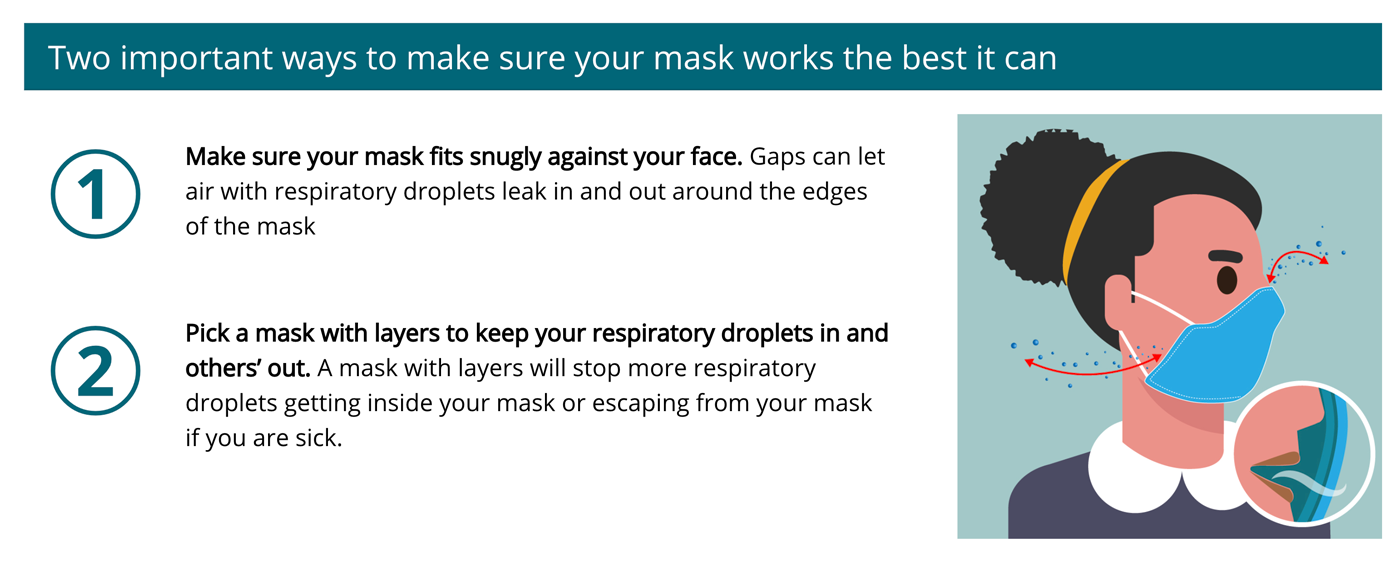
Other study members include Tony Gomez, clinical instructor in health services at UW; Nadine Chan, clinical assistant professor in epidemiology at UW; Nicola Beck, research scientist in UW DEOHS; UW School of Public Health students Casey Adams, Callie Bartlett, Gabriel Blanchet, Anida Hanifah, Shadi Henchiri, Daaniya Iyaz, Sabrina Liu, Karsyn Suhadolnik and Josephine Yen; Lin Song and Addison Houston of Public Health — Seattle & King County; and Amanda Besel of King County Department of Community and Human Services.
